Beneficial Insects
Insects are considered to be the most successful animals on earth in terms of number of individuals, number of species, and range of habitats. There are more known species of insects (nearly 1 million) than all other forms of life, and they occupy nearly every terrestrial habitat.
Most people think only of pests when they think of insects. But, in fact most insects found in yards, gardens, or crops do not feed on or harm plants. Many of these are just “passing through” or have very innocuous habits. Others feed on and destroy pest species. In many cases, the activities of these beneficial species can prevent or greatly limit pest problems. It is important to recognize these beneficial insects, so they can be appreciated and conserved.
Beneficial insects can be categorized broadly as either predators or parasites. Both adult and immature stages of insect predators actively search and consume multiple prey items. They are typically (but not always) larger than their prey items. Predators include lady beetles, green lacewings and damsel bugs. Parasitic insects (called parasitoids) develop in or on a single host from eggs or larvae deposited by the adult parasitoid. Common parasitoids include tachinid flies and many kinds of wasps.
Predatory Insects
Lady Beetles (Plate 1)
These insects, often called ladybugs, are the most familiar beneficial insects. Most adult lady beetles are round or oval in shape, brightly colored, and often spotted. The larvae, however, appear very different and often are misidentified. Lady beetle larvae are elongate, usually dark colored, and spotted with orange or yellow.
Both adult and larval lady beetles feed on small, soft-bodied insects. Most of our red and orange species feed primarily on aphids. One group of very small, black species specializes on spider mites. Other species prefer mealybugs or scale insects.
Our most common species, the convergent lady beetle, has a life cycle averaging about 28 days. The adult females lay small clusters of yellow eggs on aphid infested plants. The larvae feed for about three weeks, eating 10 to 50 aphids per day. Pupae are present about one week before new adults emerge. The adults overwinter in protected locations.
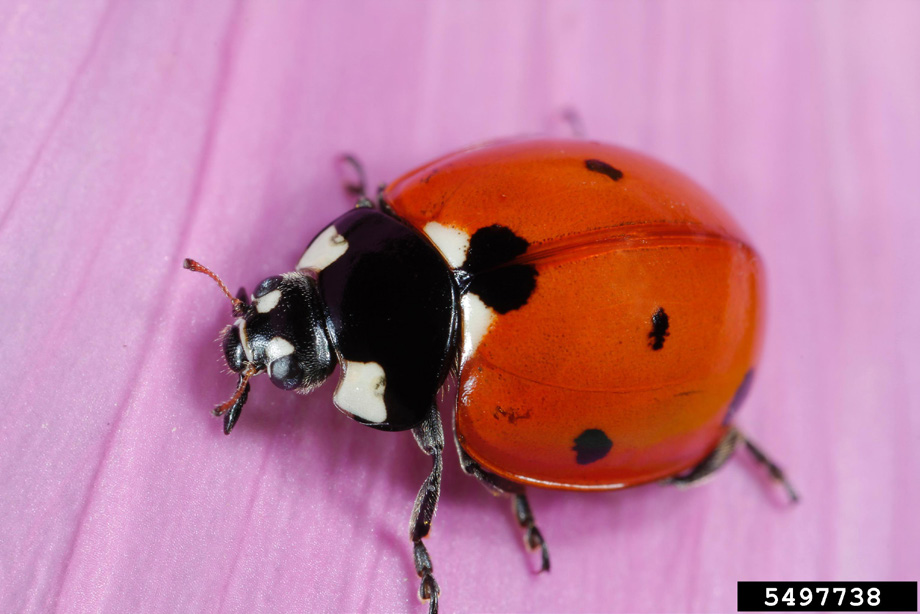
Figure 10. Lady Beetle (Joseph Berger, Bugwood.org)
Green Lacewings (Plate 2)
Several species of green lacewings are common in Oklahoma. The adult is familiar to may people—a pale green insect with large, clear, highly-veined wings that are held over the body when at rest. Adults primarily feed on nectar and other fluids, but some species also consume small insects.
Green lacewings lay distinctive stalked eggs and the larvae emerge in four to 10 days. These larvae, sometimes call aphid lions, are voracious predators capable of feeding on small caterpillars as well as aphids and other insects. Lace-wing larvae are similar to lady beetle larvae in size and shape; however, immature lacewings are usually light brown or green in color and have a pair of curved jaws sticking out from the front of the head.
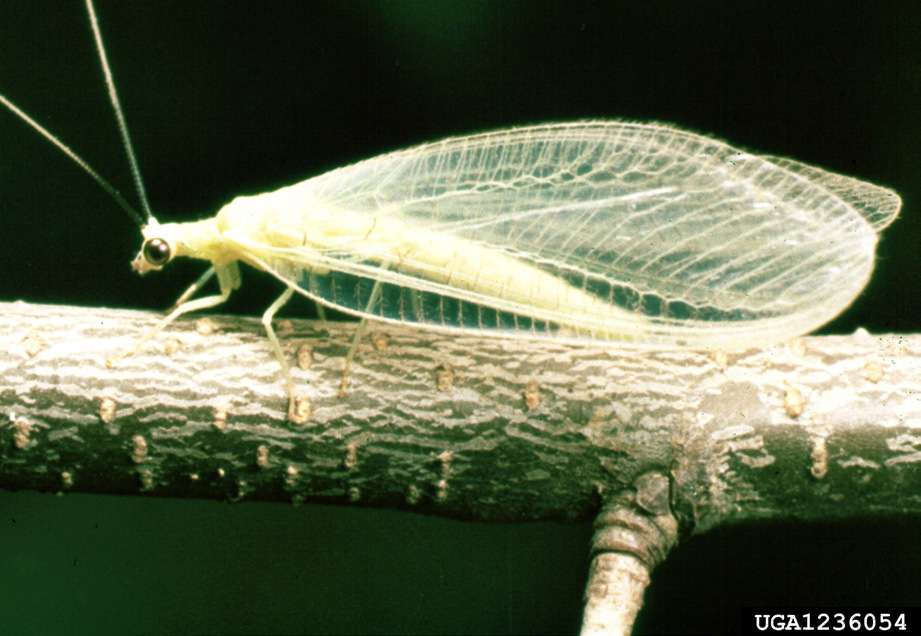
Figure 7. Green Lacewing (Clemson University, Bugwood.org)
Syrphid Flies (Plate 2)
These insects are also called flower flies or hover flies. Most are brightly colored, yellow or orange and black, and somewhat resemble bees or yellow jackets. They are, however, harmless to humans. They are most commonly seen feeding on flowers.
It is the larval stage of the syrphid fly that is an insect predator. These tapered, greenish, pinkish, or brownish maggots crawl over foliage and feed on soft-bodied insects, primarily aphids. They change to adults in a hard, brown puparium on the plant where the larvae fed.
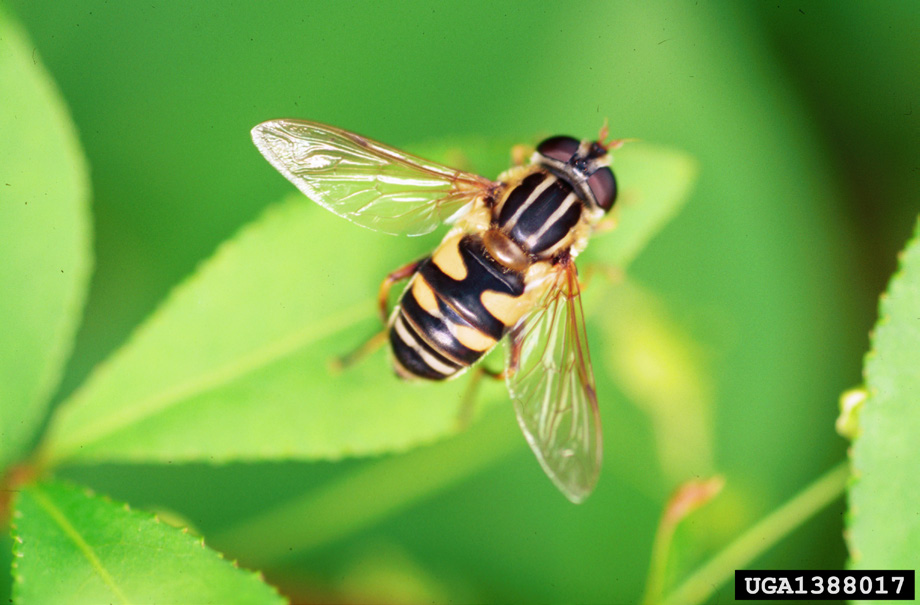
Figure 16. Syrphid Fly (Stephen Katovich, Bugwood.org)
Damsel Bugs (Plate 4)
These slender, brownish bugs have piercing-sucking mouthparts and are also known as nabids. Nymphs are similar to adults, but lack wings. They are common in many crops and a wide variety of plants
Both nymphs and adults are predacious and are considered efficient and effective predators. Damsel bugs feed on aphids, insect eggs, small larvae, and many other soft-bodied arthropods.
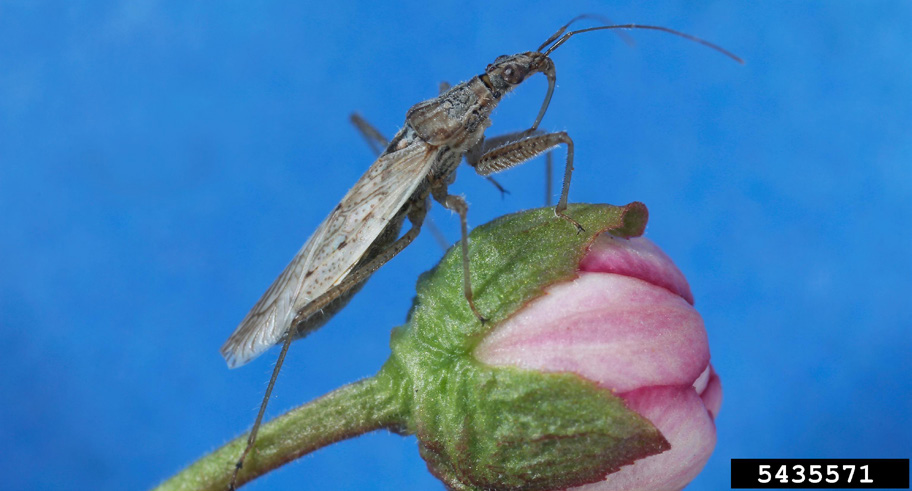
Figure 6. Damsel Bug (Joseph Berger, Bugwood.org)
Bigeyed Bugs (Plate 5)
These small grayish or blackish bugs have piercing-sucking mouthparts and large bulging eyes. They are common predators on crops and low-growing plants. They are often the most common beneficial insect in soybeans in Oklahoma.
Adults and nymphs will feed on insect eggs and small larvae and a variety of other soft-bodied arthropods. Unlike most other predators, bigeyed bugs feed partly on plants and seeds. They can survive on these foods when insect prey is not abundant.
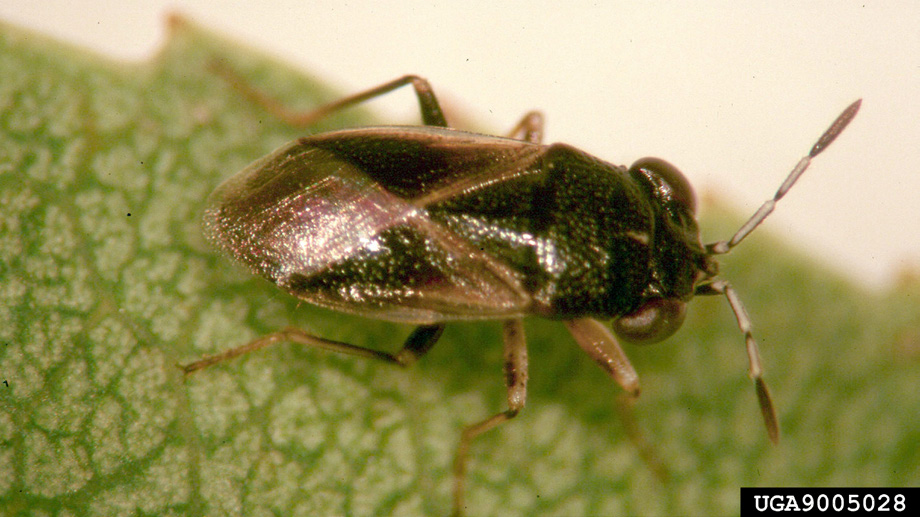
Figure 2. Bigeyed Bug (Bradley Higbee, Paramount Farming, Bugwood.org)
Minute Pirate Bug (Plate 6)
This is a very small black and white bug with piercing-sucking mouthparts. They are widely distributed, very aggressive, and have voracious appetites. Nymphs resemble adults, but are orange in color and do not have wings.
Both adults and nymphs feed on thrips, spider mites, and insect eggs. They will also feed on small nymphs of plant bugs and fleahoppers.
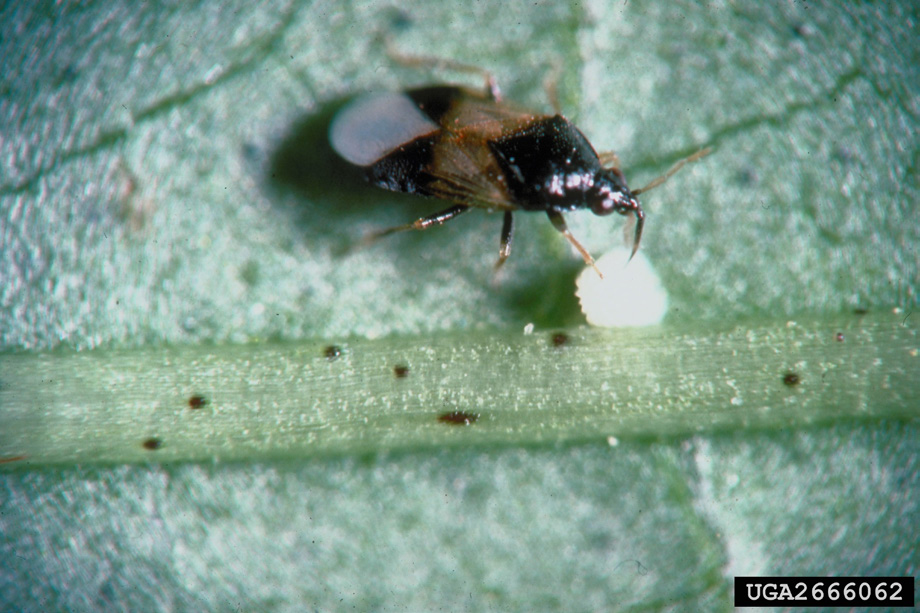
Figure 12. Minute Pirate Bug (John Ruberson, Kansas State University, Bugwood.org)
Assassin Bugs (Plate 7)
Our best known assassin bug is a large gray species called the wheel bug. It is most often found on trees. Other smaller species are more common in crops. Some species are brightly colored green, red, or orange.
Many assassin bugs are large enough to inflict a painful bite if handled. All species
are general feeders on a wide variety of insects.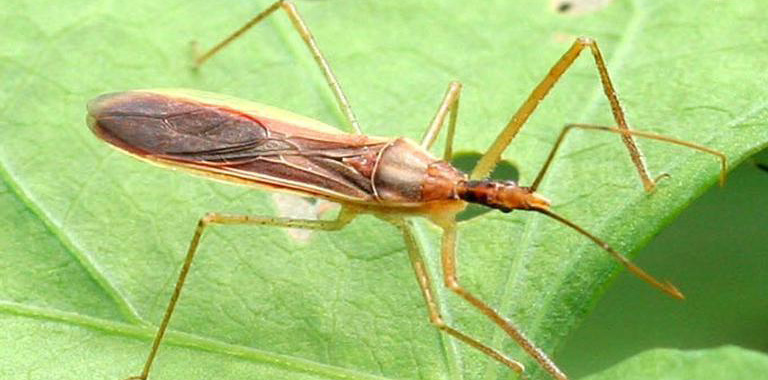
Figure 1. Assassin Bug (USDA Cooperative Extension Slide Series, Bugwood.org)
Spined Soldier Bug (Plate 8)
This insect belongs to a family mostly known as plant feeders. However, this species and a few other stink bugs are partly or entirely predacious. The spined soldier bug resembles the brown stink bug, a crop pest, but has sharply pointed shoulders and a black mark on the wing membrane.
These bugs are large and powerful enough to feed on large caterpillars and are well known predators of a variety of beetle larvae.
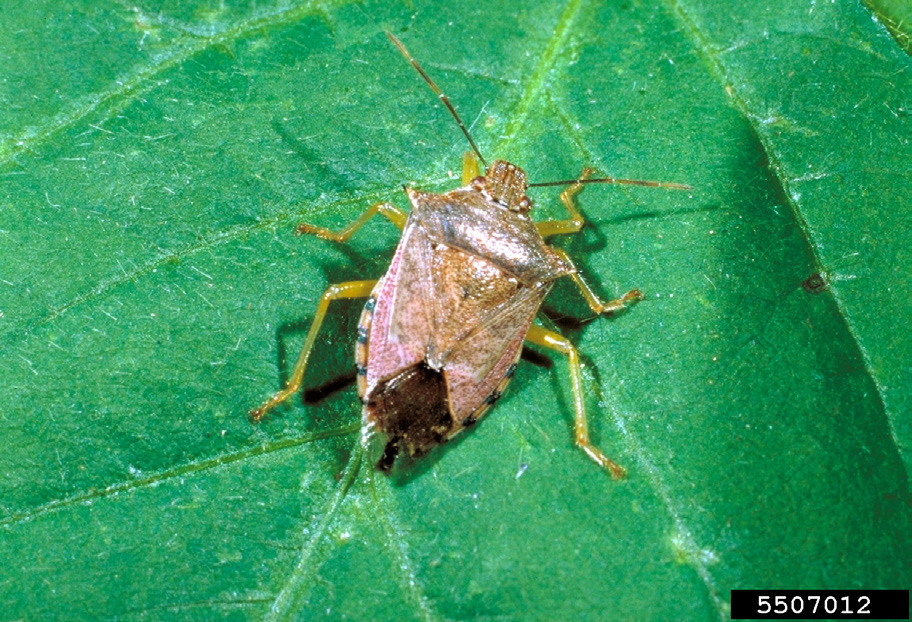
Figure 15. Spined Soldier Bug (Phil Sloderbeck, Kansas State University, Bugwood.org)
Preying Mantids (Plate 9)
These large green or brown insects are well known to almost everyone. They are rather slow-moving insects that are striking in appearance due to their modified front legs. Mantids overwinter in the egg stage, and the eggs aredeposited on twigs or grass stems in a papier-mache like egg case or ootheca.
Mantids are non-selective feeders on nearly any sizable insect that moves fast enough to attract their attention. This can include pests and beneficials and even other mantids.

Figure 11. Preying Mantid (Gerald Holmes, Strawberry Center, Cal Poly San Luis Obispo, Bugwood.org)
Collops Beetles (Plate 10)
These small, brightly-colored beetles are common in a variety of crops. Most species are some combination of red and blue. One common species is sometimes known as the red cross beetle due to its markings. They are also called soft-winged flower beetles.
The adults feed on moth eggs and small larvae, thrips, aphids, and other small insects. The larvae are also predacious but are seldom seen. They occur mostly in ground litter and are brown or black in color.

Figure 5. Collops Beetle (Louque Smithers Viscient, Bugwood.org)
Ground Beetles (Plate 11)
Various species of ground beetles can be found under debris, in soil cracks, or moving along the ground. A few species are good climbers and can be found on trees or shrubs. Immature stages are distinctly different in form from adults and are found on the ground or in the top few inches of soil. Most species are black, but a few are brown or green.
Both adults and larvae are general feeders with powerful jaws. Almost any crop or garden pest that spends part or all of its life on the soil surface may be prey for these insects.
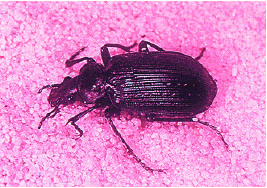
Figure 8. Ground Beetles (David Cappaert, Bugwood.org)
Cicada Killer (Plate 12)
The cicada killer is a large black, orange and yellow wasp that prefers to nest in flower beds and bare areas. The females catch and paralyze cicadas, place them in a burrow in the soil, and lay an egg on them. When the larvae hatch, they have a source of fresh food on which to develop.
The cicada killer has a painful sting and often nests around homes; however, they seldom sting people unless provoked. Since they specialize on one type of prey, they tend to become more numerous as cicada activity increases in the summer and fall.
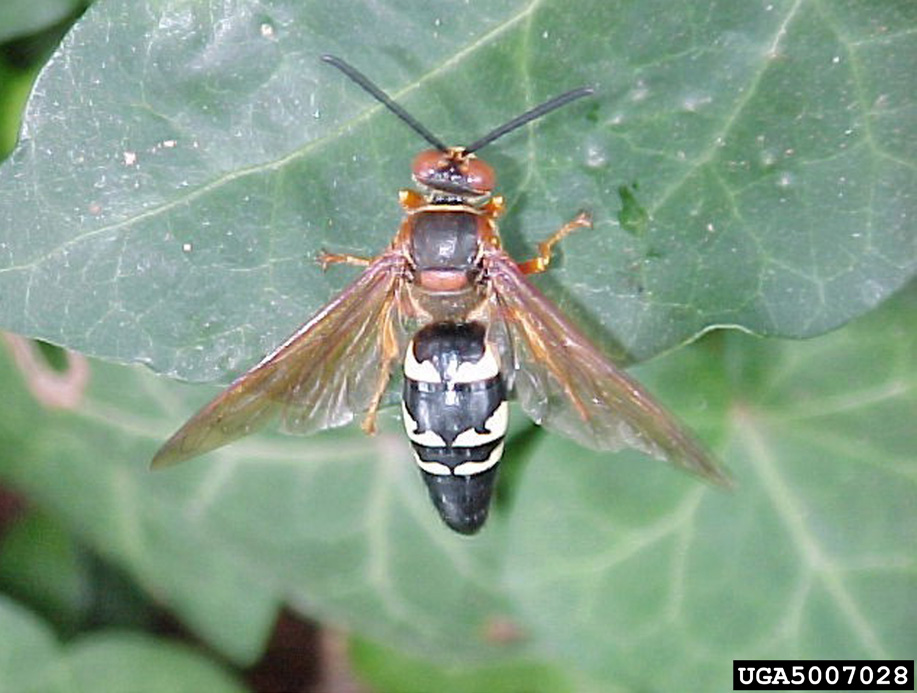
Figure 4. Cicada Killer (Nancy Hinkle, University of Georgia, Bugwood.org)
Paper Wasps (Plate 13)
Most people are familiar with the paper nests made by these insects. There are several species in Oklahoma and the wasps may be black and red, yellow and brown, or mostly red. They often nest around homes and can be a nuisance as they will defend the nest and have painful stings.
Adult paper wasps are efficient predators, mostly of caterpillars. They carry them back to the nest and feed them to the developing larvae. They will collect large numbers of caterpillars from the area around the nest during the course of a season.
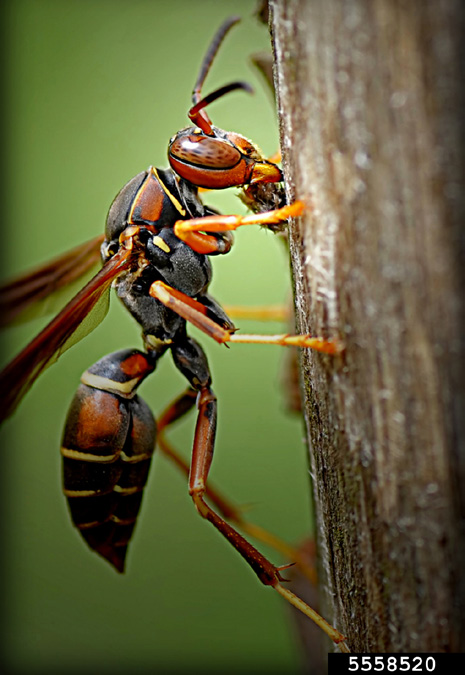
Figure 13. Paper Wasp (Jon Yuschock, Bugwood.org)
Spiders (Plate 14)
Spiders are not insects, but most species are highly beneficial as they feed on insects and other small arthropods. They can be distinguished by having eight legs and only two body regions.
Most people are familiar with the common web-making
species; however, there are many other spiders (wolf spiders, crab spiders, jumping
spiders) that do not build webs to catch prey, but instead move about and hunt insects
on soil or plants. These less conspicuous spiders can be very important in controlling
pests such as beetles, caterpillars, leafhoppers and aphids.

Figure 14. Spider (Ronald F. Billings, Texas A&M University, Bugwood.org)
Parasitic Insects
Braconid Wasps (Plate 15)
These wasps are a large and diverse group of small to medium sized insect parasitoids. One group of very small species (sometimes called aphid wasps) parasitizes aphids. Larger species parasitize a variety of caterpillars, sawflies, beetles and other insects.
External evidence of these parasites’ activity is often more obvious than with the tachinid flies. Parasitized aphids typically become swollen and discolored and are referred to as “mummies.” Other common braconid wasps spin conspicuous pupal cocoons on or near the dead host insect.
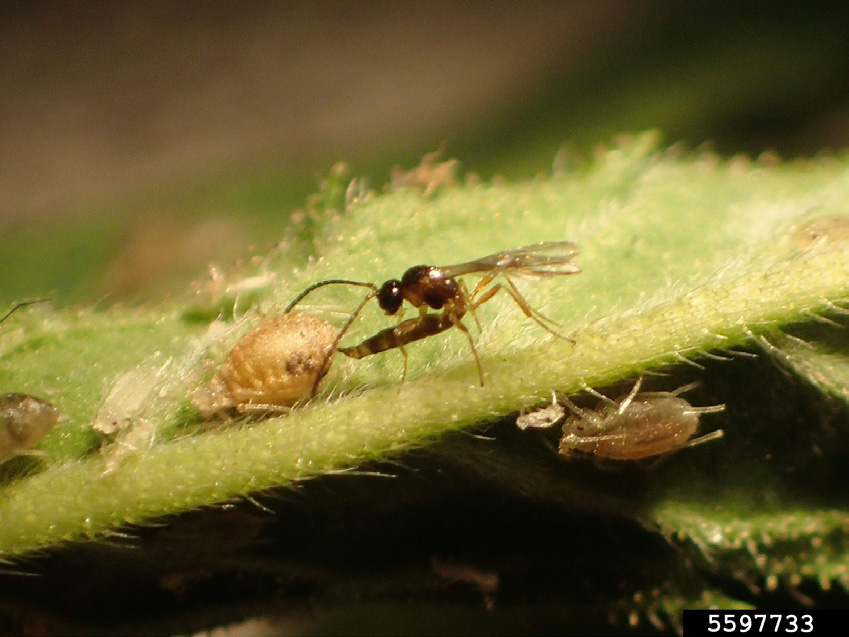
Figure 3. Braconid Wasp (Melissa Schreiner, Colorado State University, Bugwood.org)
Ichneumonid Wasps
This is another large and diverse group closely related to the braconids. They tend to be larger than braconids, and none are small enough to parasitize aphids. They attack a wide assortment of caterpillars, flies, beetles and other insects.
Not all ichneumonids can be considered beneficial because some attack other parasitoids (know as hyperparasitism). They kill the host insect, but populations of the primary parasite (usually a braconid or other ichneumonid) are reduced.
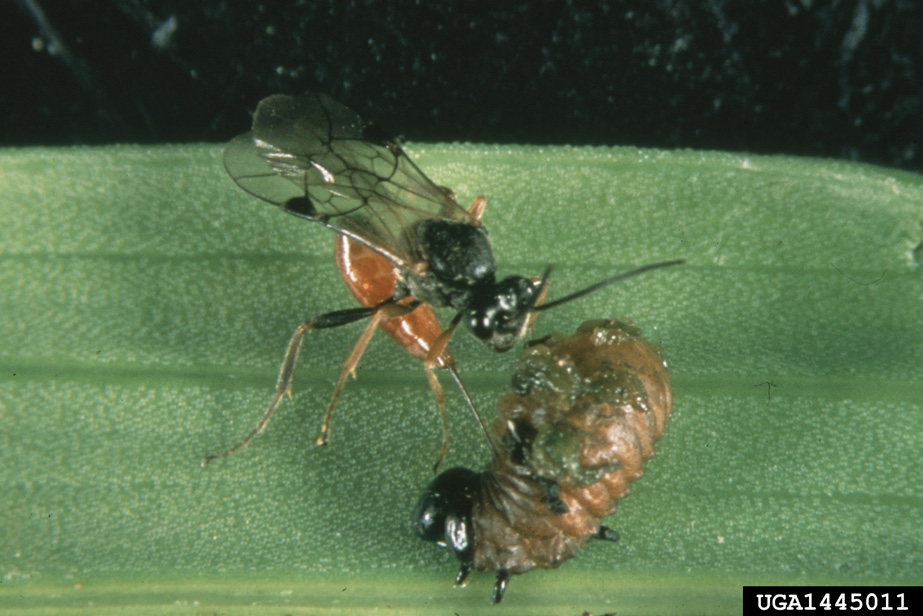
Figure 9. Icneumonid Wasp (Tim Haye, Universität Kiel, Bugwood.org)
Trichogrammatid Wasps
This is a small family of tiny wasps, just large enough to be seen with the unaided eye. They are parasites of the eggs of a variety of moths. The female wasp inserts its egg into the pests’ egg and the larva completes its development inside the egg.
These wasps are commercially available for release to control crop pests. This is sometimes successful, but correct identification of the wasp species is essential as some species are rather host or habitat specific. Timing of such releases with the occurrence of the pests’ egg stage is also critical. The best results have been achieved with several releases of large numbers of wasps.
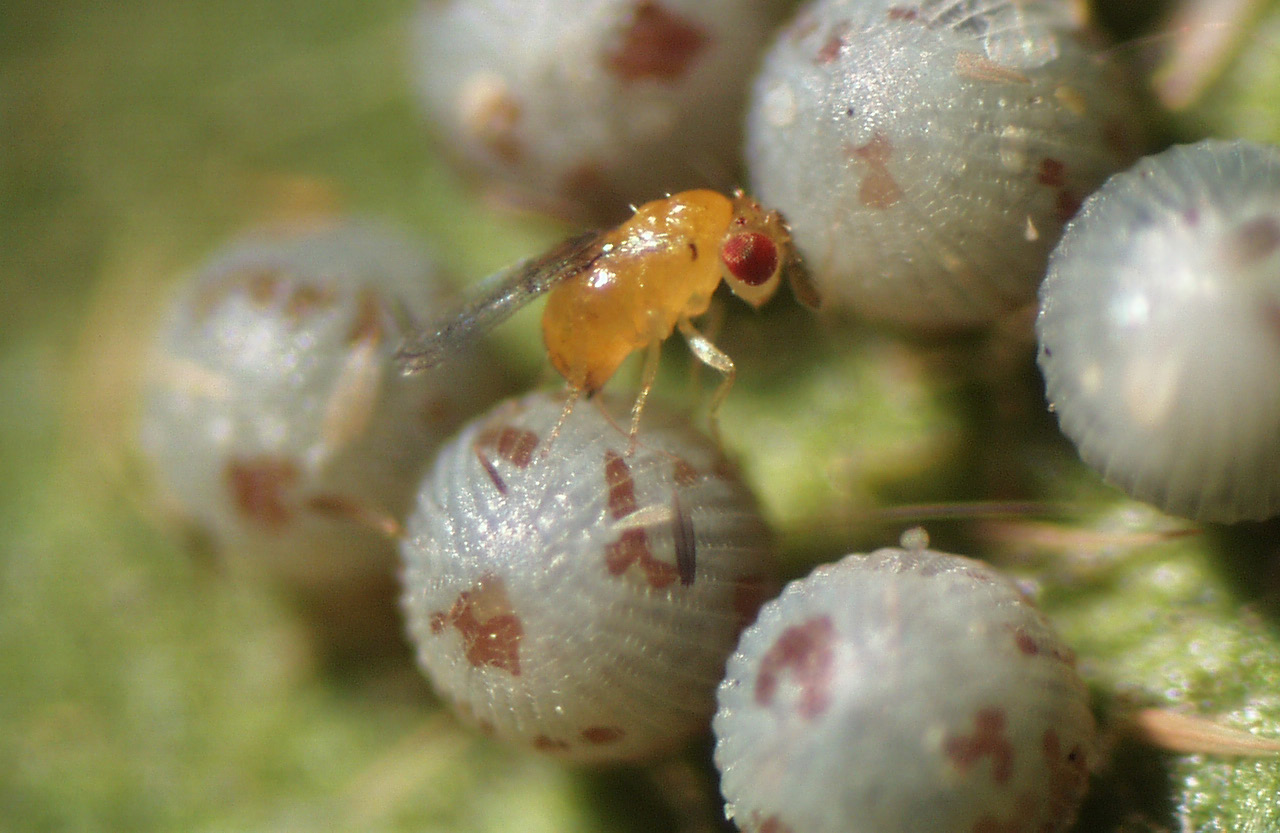
Figure 18. Tricogrammatid Wasp (Victor Fursov, commons.wikimedia.org)
Tachinid Flies (Plate 16)
This is a family of rather undistinguished looking gray or brown flies covered with dark bristles. Most are similar in appearance to other common flies, but they differ markedly in their habits. Adult tachinid flies lay eggs on various caterpillars, beetles, and bugs, usually near the head. The eggs hatch almost immediately and the young fly larvae tunnel into their host. After feeding internally for a week or more, the larvae eventually kill the host insect.
The many kinds of tachinid flies are very important natural controls of many insect pests, particularly caterpillars. However, tachinid flies rarely are observed by the average person and their beneficial activities often are overlooked.
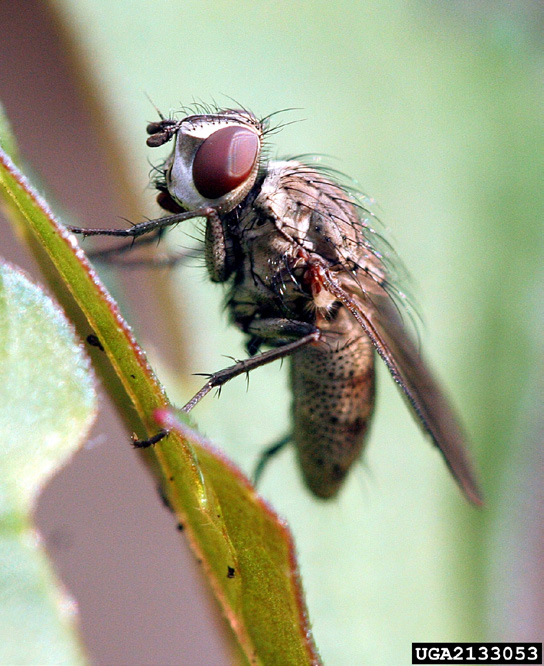
Figure 16: Tachinid Fly (Plate 16)
Use of Beneficial Insects in Pest Control
Over the past few years, there has been a tremendous interest on the part of the general public to reduce the use of pesticides in and around the home and, at the same time, an increased interest in the use of natural enemies to control insect pests. Individuals should keep in mind that the use of natural enemies against insect pests (biological control) is nothing new and has been studied by entomologists for more than 75 years.
Augmentation (Releases)
Biological control of pests appears to be feasible in greenhouses. Various experiments have shown good control of spider mites, whiteflies, mealybugs, and aphids through releases of a variety of predacious mites, parasitic wasps, and lady beetles.
Experiments out-of-doors have not enjoyed the successes of those in greenhouses. One situation in which releases show considerable promise is in using parasitic wasps to control house flies and other filth-breeding flies around livestock operations. Several species of wasps have been tested, most commonly in caged poultry houses. They also show promise around swine and dairy operations.
Releases of trighogrammatid wasps (egg parasites) and green lacewings (predators) have shown some promising results in field crops, especially cotton. Some problems remain to be solved in the production and distribution of the large numbers of insects needed (e.g. 50,000 to 100,000 wasps per acre at two to three day intervals for good bollworm control in cotton.)
Releases of the convergent lady beetle seldom seem to be of much benefit in the release area. Either the beetles disperse rapidly or they remain but do little feeding, depending on whether they were collected in winter/early spring or in late spring/summer. Releases of preying mantids also seldom show much benefit as they are not selective and will feed on beneficial insects, including each other, as readily as on harmful ones.
There have been a few reports of biological control of pest insects in commercial orchard and vegetable crops, but research has not been as extensive in these crops as in some of the field crops. Virtually no research has been conducted on releasing beneficials in areas such as parks, home lawns, or backyard gardens. Overall, there seems to be little chance of gaining much benefit from yard-garden types of releases, and they are not currently recommended by the Oklahoma Cooperative Extension Service.
Conservation
The effects of naturally occurring parasites and predators can be enhanced through efforts to minimize their destruction by unwise pesticide use. Most insecticides are relatively broad spectrum, killing beneficials as well as target pests. However, a few insecticides, such as Bacillus thuringiensis (DIPEL), are not toxic to predators and parasites. Where possible, the use of systemic insecticides, which penetrate the plant and have less contact toxicity, can help preserve natural enemies. Most importantly, sprays should only be used when necessary as determined by close examination of plants or through past experience. Minimizing insecticide exposure can greatly improve the chances of beneficials providing control of the target pest.
Tom Royer
Professor and IPM Coordinator
Richard Grantham
Assistant Research Professional
Don C. Arnold
Survey Entomologist
